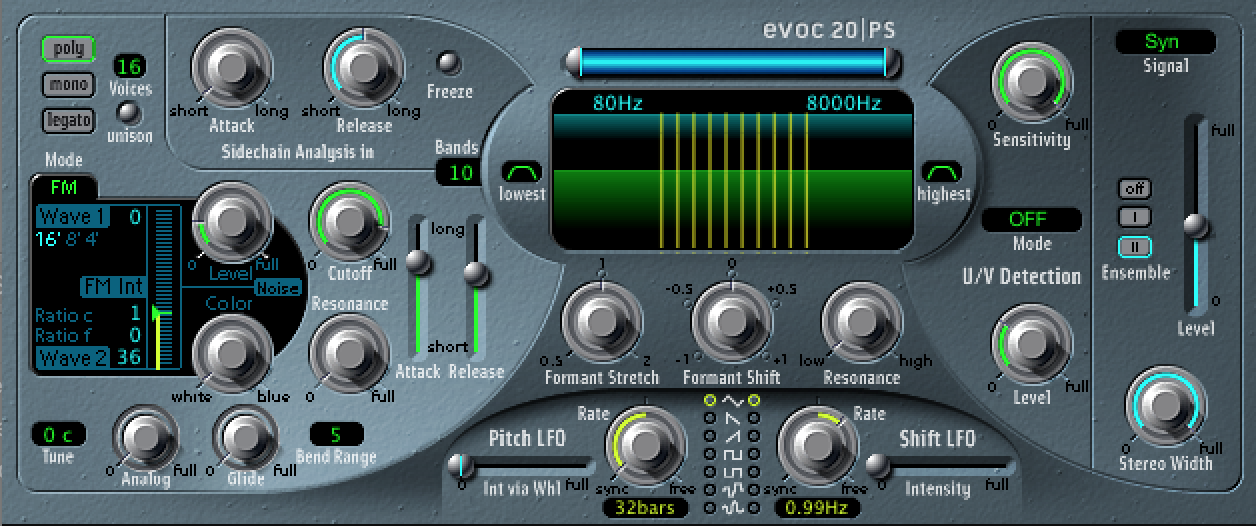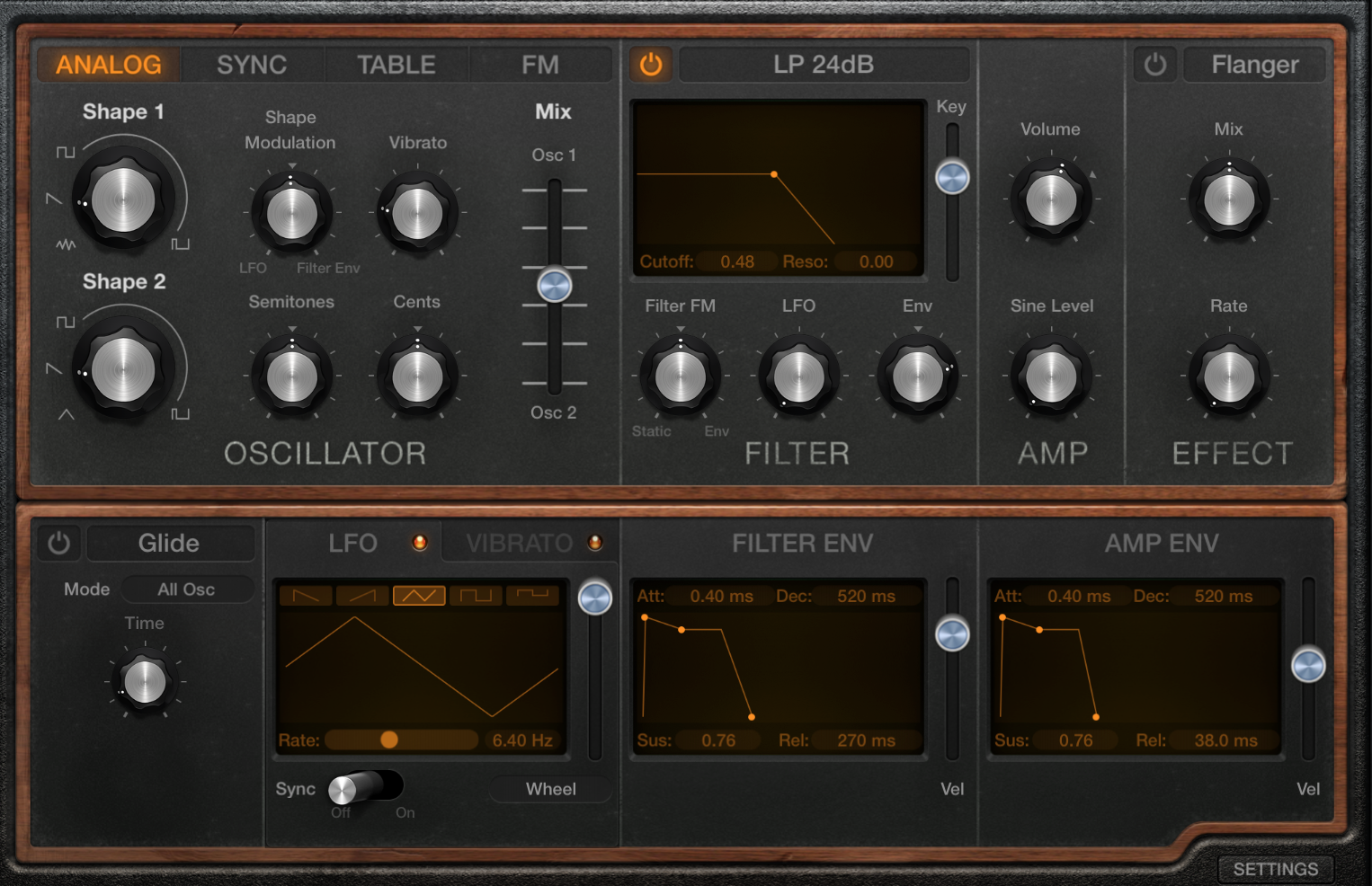Mainstage Mondays: Mainstage Synths Reviewed
There are ton of awesome synth plugins that come free with Mainstage, but it can be a bit confusing as to what the advantages are of each synth, and how they work. Here’s a list of each synth, what they do well and what they don’t, and how I rate them overall for sound quality and usability:
(Note: I’m only reviewing the synth plugins in this blog, and I’ll be skipping the drum and acoustic instrument plugins).
Alchemy: the end all do all synth
Strengths: powerful sound creation abilities, flexible tone shaping options, massive sound.
Weaknesses: difficult to use.
My rating: 4.0 stars
Alchemy was originally developed by Camel Audio until Apple bought them in 2014.
EFM1: a synth from the 80's, this models the classic DX7 synth
Strengths: really great sounding FM synthesis, with a no nonsense usable interface.
Weaknesses: limited to FM synthesis only.
My rating: 4.5 stars
This synth does what it does well, but is fairly limited.
ES E: simple, monophonic synth
Strengths: not a bad little synth, and excellent for making quick, simple sounds.
Weaknesses: feels very dated. Sound quality not that excellent. Interface a bit clunky.
My rating: 2.5 stars
The ES E is probably my least favorite Mainstage synth- it was originally released in the early 2000's, and is really showing its age.
ES M: Moog inspired monophonic synth
Strengths: rich sound, easy to use, great bass sounds.
Weaknesses: limited to monophonic tones only. Limited tweaking abilities.
My rating: 4 stars
The tones in this are so beefy, even by today's standards.
ES P: Classic additive synth perfect for beeps, clicks, and video game sounds
Strengths: fun little synth with the ability to blend multiple tones together quickly.
Weaknesses: it as a very strong character that is charming, but somewhat limited.
My rating: 4 stars
This synth has got to be one of the most entertaining synths I've ever used.
Es1: bread and butter synth sounds with limited controls for ease of use.
Strengths: great sounding filters, simpler design, solid oscillators.
Weaknesses: this was Logic’s first big attempt at a power synth, and it’s showing its age.
My rating: 3.5 stars
This synth is powerful, but has a lot of limiting features that keep it from being as versatile as it's big brother, ES2.
Es2: a feature packed synth with a semi-modular routing system.
Strengths: the most powerful synth in Logic until last year, you can do just about anything with this synth.
Weaknesses: you can do just about anything with this synth, which can make it hard to use.
My rating: 5 stars
Everyone from Flo Rida to Lady Gaga has used this synth, and I still prefer it over almost all other plugins.
EVOC 20 PS: Mainstage’s vocoder synth
Strengths: if you want that classic vocoder sound, this is a great little synth to get the job done.
Weaknesses: the interface is a little dated. Not as powerful as modern vocoder plugins.
My rating: 4 stars
I rarely use this synth, but it comes in super-handy when you need that Daft Punk vocoder sound.
EXS24: sampler synth
Strengths: the only synth in Mainstage to use samples instead of tones, this little sampler has a ton of great synth samples that I use regularly.
Weaknesses: it’s not possible to generate tones using oscillators with this plugin.
My rating: 5 stars
While you can use this synth for a range of tones, it's synth presets often get missed.
Retro Synth: does exactly what it says: models FM synths, Moog synths, and a few other classics.
Strengths: a new addition to Mainstage last year, this synth does a great job emulating classic tones in an easy to use interface.
Weaknesses: the tonal quality doesn’t quite match that of Alchemy and ES2, in my opinion.
My rating: 4 stars
I rarely use this synth, but what I've seen has been impressive.
Sculpture: physical modeling synth that imitates acoustic, real world textures.
Strengths: amazing tone, amazing sound shaping options, and one of a kind routing combinations.
Weaknesses: difficult to use, and CPU intensive.
My rating: 4 stars
This synth boasts some bizarre features like pickup patterns, a mappable morph section, and so much more.










